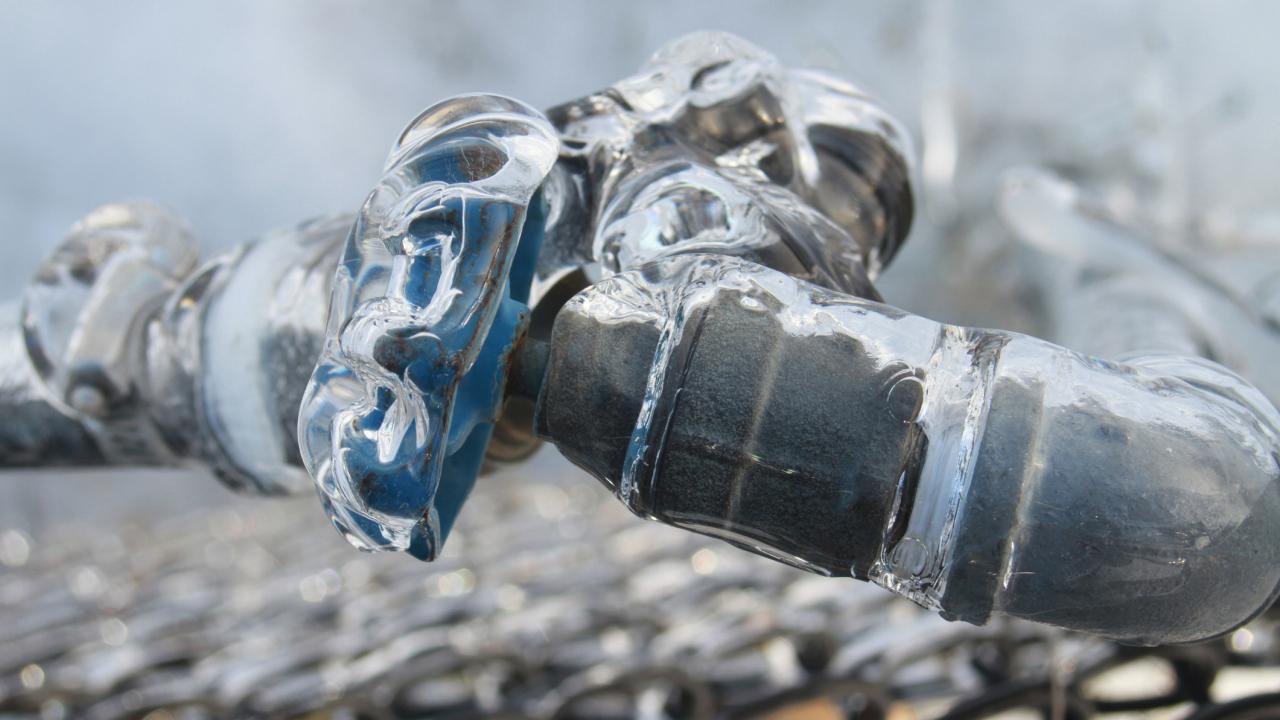Prevent Frozen Pipes in Winter: Pro Tips
Prevent Frozen Pipes in Winter: Pro Tips
Blog Article
Just how do you actually feel on the subject of How to prepare your home plumbing for winter weather?

Cold weather can ruin your plumbing, specifically by freezing pipelines. Right here's exactly how to avoid it from occurring and what to do if it does.
Introduction
As temperature levels drop, the danger of frozen pipelines increases, potentially leading to pricey repair work and water damage. Comprehending how to prevent icy pipes is essential for house owners in cool environments.
Recognizing Icy Pipelines
What causes pipelines to ice up?
Pipes ice up when exposed to temperature levels below 32 ° F (0 ° C) for expanded durations. As water inside the pipelines freezes, it increases, taxing the pipeline wall surfaces and possibly causing them to burst.
Threats and damages
Frozen pipelines can bring about water supply interruptions, building damage, and pricey repair services. Ruptured pipes can flood homes and create comprehensive architectural damage.
Indicators of Frozen Pipeline
Recognizing icy pipes early can prevent them from breaking.
Just how to recognize frozen pipelines
Try to find decreased water circulation from taps, unusual odors or noises from pipes, and visible frost on exposed pipelines.
Avoidance Tips
Shielding vulnerable pipelines
Wrap pipelines in insulation sleeves or make use of warm tape to safeguard them from freezing temperatures. Concentrate on pipelines in unheated or external areas of the home.
Home heating methods
Maintain indoor areas appropriately heated, particularly locations with plumbing. Open cupboard doors to enable cozy air to distribute around pipes under sinks.
Protecting Outside Plumbing
Garden hoses and outside taps
Disconnect and drain pipes garden hoses prior to winter months. Install frost-proof faucets or cover exterior faucets with shielded caps.
What to Do If Your Pipelines Freeze
Immediate activities to take
If you believe frozen pipelines, keep faucets open to relieve pressure as the ice thaws. Utilize a hairdryer or towels soaked in hot water to thaw pipes gradually.
Long-Term Solutions
Architectural modifications
Take into consideration rerouting pipes away from exterior walls or unheated locations. Include added insulation to attic rooms, basements, and crawl spaces.
Upgrading insulation
Invest in high-grade insulation for pipes, attics, and wall surfaces. Appropriate insulation helps keep consistent temperature levels and decreases the threat of frozen pipelines.
Conclusion
Preventing frozen pipes requires aggressive steps and fast feedbacks. By understanding the causes, signs, and preventive measures, property owners can secure their pipes throughout cold weather.
5 Ways to Prevent Frozen Pipes
Drain Outdoor Faucets and Disconnect Hoses
First, close the shut-off valve that controls the flow of water in the pipe to your outdoor faucet. Then, head outside to disconnect and drain your hose and open the outdoor faucet to allow the water to completely drain out of the line. Turn off the faucet when done. Finally, head back to the shut-off valve and drain the remaining water inside the pipe into a bucket or container. Additionally, if you have a home irrigation system, you should consider hiring an expert to clear the system of water each year.
Insulate Pipes
One of the best and most cost-effective methods for preventing frozen water pipes is to wrap your pipes with insulation. This is especially important for areas in your home that aren’t exposed to heat, such as an attic. We suggest using foam sleeves, which can typically be found at your local hardware store.
Keep Heat Running at 65
Your pipes are located inside your walls, and the temperature there is much colder than the rest of the house. To prevent your pipes from freezing, The Insurance Information Institute suggests that you keep your home heated to at least 65 degrees, even when traveling. You may want to invest in smart devices that can keep an eye on the temperature in your home while you’re away.
Leave Water Dripping
Moving water — even a small trickle — can prevent ice from forming inside your pipes. When freezing temps are imminent, start a drip of water from all faucets that serve exposed pipes. Leaving a few faucets running will also help relieve pressure inside the pipes and help prevent a rupture if the water inside freezes.
Open Cupboard Doors
Warm your kitchen and bathroom pipes by opening cupboards and vanities. You should also leave your interior doors ajar to help warm air circulate evenly throughout your home.

I'm very fascinated with Prevent Frozen Pipes and I really hope you liked the page. In case you appreciated our article plz consider to pass it around. Many thanks for being here. Kindly check our site back soon.
Schedule Free Estimate Report this page